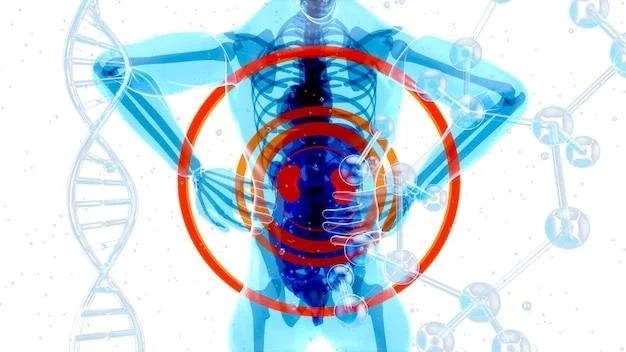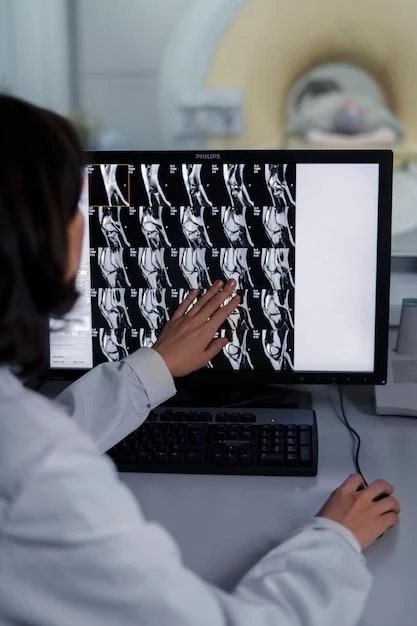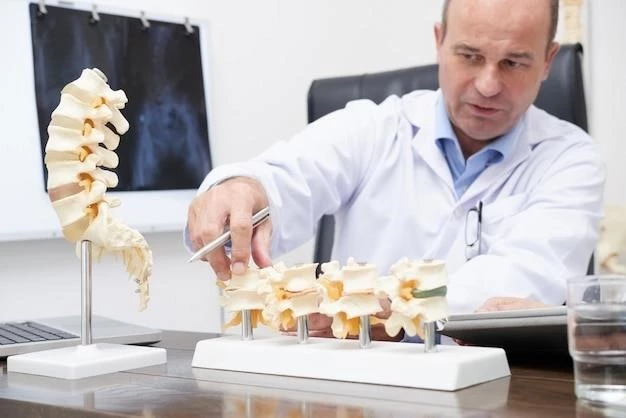Introduction to Polydactyly Syndrome Middle Ray Duplication
The Introduction to Polydactyly Syndrome Middle Ray Duplication covers diverse aspects such as clinical features and genetic classification.
The term ‘Polydactyly’ derives from the Greek words ‘poly‚’ meaning many‚ and ‘dactylos‚’ meaning digits. Polydactyly‚ or hyperdactyly‚ is a congenital anomaly characterized by the presence of supernumerary fingers or toes. It can manifest as an extra digit resulting from defective limb development. The condition is classified into various types based on the location of the duplication‚ including preaxial‚ central‚ and postaxial polydactyly.
Definition and Overview
Polydactyly‚ derived from Greek roots meaning ‘many fingers‚’ is a congenital condition resulting in extra fingers or toes. It is categorized into preaxial‚ central‚ and postaxial types based on the location of the duplication.
Medial Ray (Preaxial) Polydactyly
Medial Ray (Preaxial) Polydactyly refers to the presence of an extra digit on the radial/tibial side of the limb. This type of duplication can affect the thumb or big toe and is one of the common classifications of polydactyly.
Central Ray Polydactyly
Central Ray Polydactyly involves the duplication of one of the middle digits of the hand or foot. It can manifest as an additional finger near the middle phalanges‚ often accompanied by other anomalies‚ or may present as a separate defect. This rare phenotype can have variable presentations and may be associated with syndactyly or other hand abnormalities.
Lateral Ray (Postaxial) Polydactyly
Lateral Ray (Postaxial) Polydactyly involves the presence of an extra digit on the ulnar/fibular side of the limb. This type of duplication commonly affects the pinkie finger or toe and presents a distinct category within the spectrum of polydactyly conditions.

Clinical Presentation of Polydactyly Syndrome
When evaluating Polydactyly Syndrome‚ one observes the physical manifestations and conducts a detailed diagnostic imaging assessment.
Symptoms and Physical Examination
Polydactyly Syndrome Middle Ray Duplication can be identified through a detailed physical examination focusing on the presence of supernumerary fingers or toes‚ along with additional imaging tests to confirm the diagnosis.
Diagnosis and Imaging
The diagnosis of Polydactyly Syndrome Middle Ray Duplication involves physical examination to identify supernumerary digits‚ followed by imaging studies such as X-rays to confirm the anatomical duplication.
Causes and Genetics of Polydactyly
Understanding the intricate genetic mechanisms contributing to Polydactyly‚ particularly Middle Ray Duplication‚ and its various inheritance patterns is crucial for accurate diagnosis and management.
Inheritance Patterns
In Polydactyly‚ including Middle Ray Duplication‚ the inheritance patterns play a critical role in understanding how the condition is passed down through generations‚ shedding light on the genetic complexities of this anomaly.
Polydactyly‚ including Middle Ray Duplication‚ can sometimes be associated with various syndromes‚ intensifying the complexity of the condition and requiring a comprehensive approach to diagnosis and management.
Treatment Options for Polydactyly Middle Ray Duplication
When managing Polydactyly Syndrome Middle Ray Duplication‚ treatment options often involve surgical interventions or non-surgical approaches tailored to the individual’s specific condition.
Associated Syndromes
Polydactyly syndrome middle ray duplication can be linked to various syndromes‚ leading to a multifaceted approach in diagnosis and treatment to address the complexities of this condition.
Non-Surgical Management
Non-surgical management of Polydactyly Syndrome Middle Ray Duplication focuses on conservative interventions tailored to each individual case‚ which may include observation‚ orthotic devices‚ or physical therapy.
Prognosis and Complications
Prognosis and Complications of Polydactyly Syndrome Middle Ray Duplication vary based on the complexity of the duplication and associated anomalies‚ impacting the long-term outlook and potential risks for individuals affected by this condition.
Long-Term Outlook
The long-term outlook for individuals with Polydactyly Syndrome Middle Ray Duplication depends on the extent of the duplication and associated anomalies‚ influencing the overall prognosis and quality of life for affected individuals over time.
Potential Risks and Complications
Polydactyly Syndrome Middle Ray Duplication may pose potential risks and complications related to surgical procedures‚ wound healing‚ and functional outcomes post-treatment.
Living with Polydactyly Syndrome Middle Ray Duplication
Individuals living with Polydactyly Syndrome Middle Ray Duplication benefit from support organizations‚ resources‚ and effective coping strategies to enhance their quality of life.
Support Organizations and Resources
Support organizations and resources play a crucial role in assisting individuals with Polydactyly Syndrome Middle Ray Duplication‚ offering valuable guidance and assistance for both patients and their families navigating this condition.
Coping Strategies and Quality of Life
Effective coping strategies play a significant role in enhancing the quality of life for individuals living with Polydactyly Syndrome Middle Ray Duplication‚ allowing them to navigate challenges and embrace a positive outlook on their condition.
Research and Ongoing Studies on Polydactyly
Current advancements in research focus on understanding the genetic variations and developing innovative treatment strategies for Polydactyly‚ including Middle Ray Duplication‚ paving the way for improved patient outcomes.
Current Advancements in Treatment
Current advancements in the treatment of Polydactyly‚ including Middle Ray Duplication‚ focus on innovative surgical techniques and non-surgical management strategies to optimize outcomes and improve patient care.
Future Directions in Polydactyly Research
Future directions in Polydactyly research aim to explore novel genetic mutations‚ enhanced diagnostic techniques‚ and potential therapeutic innovations to further advance the management of Polydactyly‚ including Middle Ray Duplication.

Frequently Asked Questions (FAQs) about Polydactyly
Discover more about the anatomical anomalies‚ inheritance patterns‚ and genetic mutations associated with Polydactyly syndrome middle ray duplication.
Anatomical Anomalies and Features
Polydactyly syndrome middle ray duplication presents with unique anatomical anomalies‚ including the presence of supernumerary fingers or toes‚ with variations in the location and extent of duplication across the affected limb.
Genetic Aspects and Mutations
Understanding the genetic aspects and mutations associated with Polydactyly syndrome middle ray duplication is crucial in unraveling the underlying complexities of this congenital anomaly and its inheritance patterns.
Conclusion
In conclusion‚ understanding Polydactyly Syndrome Middle Ray Duplication involves recognizing the anatomical anomalies‚ genetic aspects‚ and treatments available‚ emphasizing the importance of comprehensive care and support for individuals affected by this condition.
